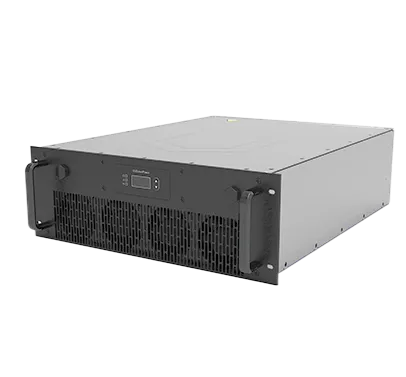Technology designed for real-world conditions must go beyond performance—it must endure. In the expanding world of electric mobility, the DC EV charger module has become the backbone of reliable charging infrastructure. From public stations to fleet depots, these modules determine how efficiently and consistently electric vehicles are powered.
Why DC EV Charger Modules Are Essential
At the heart of every modern charging station lies a DC EV charger module. These modules convert grid power into direct current suitable for fast charging, ensuring electric vehicles receive the right voltage and current. Beyond speed, durability and safety are crucial. A well-engineered DC EV charger module offers multiple layers of protection—such as overvoltage, undervoltage, and short-circuit safeguards—making it an indispensable component for uninterrupted service. As EV adoption grows, the demand for modules that can perform under diverse environmental conditions is greater than ever.
UUGreenPower’s UR100030-IP65: Designed for Extremes
UUGreenPower has addressed this challenge with its UR100030-IP65 (EU) module, a 30kW high-performance DC EV charger module built to thrive in tough environments. With an IP65 protection level, it withstands high humidity, salt fog, rain condensation, and extreme temperatures. The module also simplifies charging station design by reducing protective requirements, lowering costs, and offering zero standby power consumption. Reliability is further guaranteed by multiple input and output protections, DSP-based intelligent control, and a maintenance-free five-year warranty. By combining rugged durability with advanced features, it demonstrates how innovation can meet the industry’s evolving needs.
Conclusion: Building Reliable Charging Infrastructure
As the world transitions to electric transportation, the DC EV charger module remains a critical element in ensuring dependable and efficient charging networks. Companies like UUGreenPower, with solutions tailored to extreme environments, are ensuring that infrastructure not only keeps pace with EV growth but also stands resilient in the face of real-world challenges.
